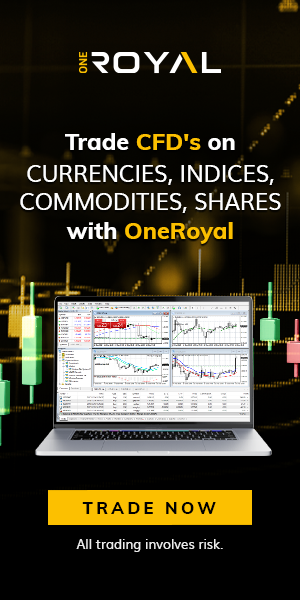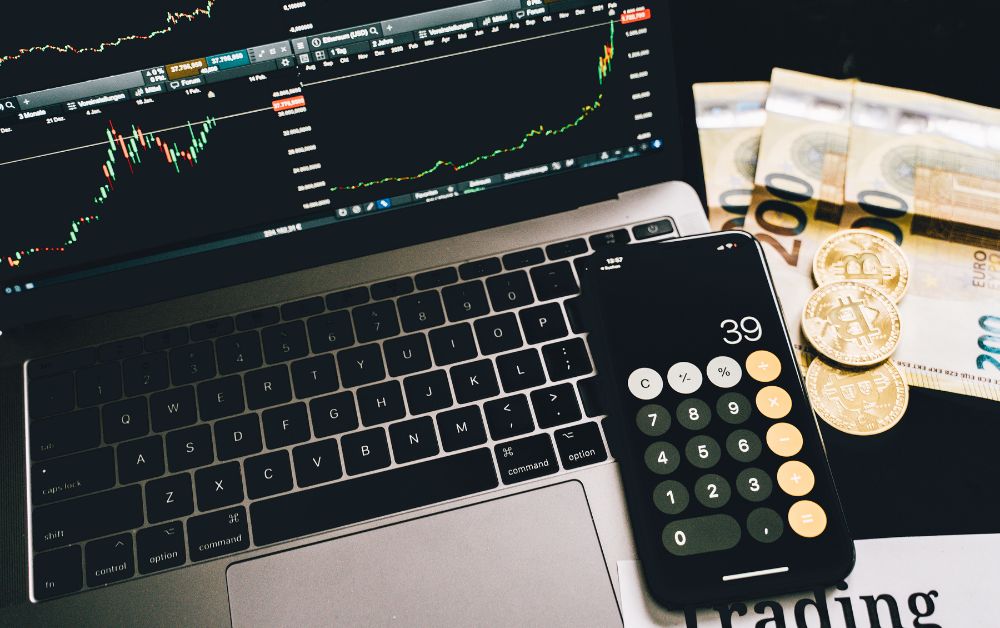Forex traders often search for tools that help them identify trends and market reversals accurately and one such tool is the Vortex Indicator (VI) and how to calculate it.
But how exactly do you calculate the Vortex Indicator? That’s what we are about to uncover.
By the time you finish reading this guide, you will understand every step involved in calculating the Vortex Indicator, with relatable examples.
Get ready, because this will change everything about your forex trading strategy.
In This Post
What Is the Vortex Indicator?
The Vortex Indicator (VI) is a technical analysis tool used in forex trading to help traders identify the direction and strength of a trend.
It was introduced by Etienne Botes and Douglas Siepman in 2010 and is inspired by natural vortex movements found in water and air.
This indicator is widely used because it provides clear signals about whether a currency pair is trending upwards or downwards, helping traders make informed trading decisions.
How Does the Vortex Indicator Work?
The Vortex Indicator consists of two oscillating lines that track price movements:
VI+ (Positive Vortex Line): Measures upward price movement in the market.
VI- (Negative Vortex Line): Measures downward price movement in the market.
The relationship between these two lines tells traders whether a currency pair is in an uptrend or a downtrend:
When VI+ is above VI-: The market is in an uptrend (bullish movement).
And when VI- is above VI+: The market is in a downtrend (bearish movement).
The greater the separation between VI+ and VI-, the stronger the trend. Conversely, when the two lines are close together or frequently crossing, it suggests that the market is moving sideways (ranging), making trading signals less reliable.
Why Is the Vortex Indicator Important in Forex Trading?
1. Helps Traders Identify Trends Early
One of the biggest challenges in forex trading is identifying new trends before they gain momentum. The Vortex Indicator provides early trend signals, allowing traders to enter trades at the right time and maximize profits.
2. Detects Trend Reversals
Many traders struggle with knowing when to exit a trade before the market turns against them. The Vortex Indicator helps by signaling potential reversals when VI+ and VI- cross each other, enabling traders to protect their gains.
3. Confirms Trend Strength
Not all price movements indicate a strong trend. The Vortex Indicator helps traders distinguish between weak, temporary price fluctuations and strong, sustained trends, allowing them to filter out noise and avoid false breakouts.
4. Improves Trade Entry and Exit Points
Because the indicator provides clear buy and sell signals, traders can use it to determine optimal entry and exit points, reducing the chances of making emotional or impulsive trading decisions.
Example: Suppose you are trading EUR/USD and you see that VI+ is rising sharply above VI- while the price is breaking above a key resistance level.
This suggests a strong uptrend, giving you the confidence to enter a buy position.
Step-by-Step Guide on How to Calculate the Vortex Indicator
Step 1: Identify the Price Points
To calculate the Vortex Indicator, you first need to find three key price points for each period:
- High (H): The highest price in a given period.
- Low (L): The lowest price in a given period.
- Close (C): The closing price at the end of the period.
Let’s say you are looking at a daily chart of the EUR/USD currency pair. On a particular day, the price movements were as follows:
- High: 1.1050
- Low: 1.0980
- Close: 1.1025
These values will be used in the next step.
Step 2: Calculate the True Range (TR)
The True Range (TR) measures the volatility of the market.
It is calculated as: TR = max (H – L) (High – Previous Close|, |Low- PreciousClose|)
Using our example:
- Previous Close: 1.1000
- High – Low: 1.1050 – 1.0980 = 0.0070
- High – Previous Close: |1.1050 – 1.1000| = 0.0050
- Low – Previous Close: |1.0980 – 1.1000| = 0.0020
The highest value among these is 0.0070, so TR = 0.0070.
Step 3: Calculate the Positive and Negative Vortex Movements
The positive and negative vortex movements help determine trend direction.
Using our data:
- Previous Low: 1.0975
- Previous High: 1.1040
Now, calculating VM+ and VM-:
- VM+ = |High – Previous Low| = |1.1050 – 1.0975| = 0.0075
- VM- = |Low – Previous High| = |1.0980 – 1.1040| = 0.0060
Step 4: Compute the Smoothed Vortex Values
The Vortex Indicator is usually calculated over 14 periods (similar to RSI and other indicators). To smoothen the values:
If we sum up the values for the last 14 periods:
- Sum of VM+ (14 periods) = 0.1200
- Sum of VM- (14 periods) = 0.0980
- Sum of TR (14 periods) = 0.1300
Now, applying the formula:
- VI + = Sum of VM+ / Sum of TR
- VI + = 0.1200/ 0.1300 = 09231
- VI – = Sum of VM- / Sum of TR
- VI – = 0.0.0980 / 0.1300 = 0.7538
- Since VI+ is above VI-, this confirms a bullish trend.
Pros of the Vortex Indicator
- Easy to Calculate, uses simple math formulas.
- Helps Spot Trend Reversals Early, useful for predicting market changes.
- Highly effective when prices are moving strongly in one direction.
- Works best when combined with RSI or Moving Averages.
Cons of the Vortex Indicator
- Can give false signals when the market is moving sideways.
- Based on past price data, signals may come slightly late.
- Should not be used alone; must be confirmed with other indicators.
Frequently Asked Questions
1. Can I use the Vortex Indicator alone?
- No, it is best to combine it with Moving Averages or the Relative Strength Index (RSI) to improve accuracy.
2. What is the best time frame to use the Vortex Indicator?
- A 14-period setting is the standard. Shorter periods work well for scalping, while longer periods are better for swing trading.
3. Does the Vortex Indicator work in all market conditions?
- No, it is most effective in trending markets and less reliable in sideways or ranging markets.
4. How do I improve accuracy when using the Vortex Indicator?
- Use it alongside price action analysis, support and resistance levels, and other technical indicators to confirm signals.
Conclusion
The Vortex Indicator is a tool that helps traders identify market trends and reversals.
By following the steps on how to Calculate the Vortex Indicator, you can apply the VI effectively in your forex trading strategy.
Always remember to confirm its signals with other indicators to avoid false signals.
Now, go ahead and try calculating the VI on your Forex charts to see how well it enhances your trading decisions.




